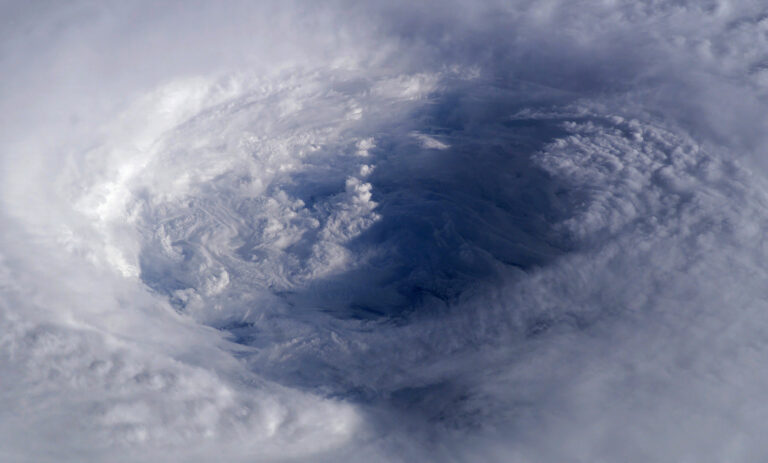Scientists have demonstrated how artificial intelligence (AI) can be used for the short-term forecasting – or nowcasting – of hurricane intensity.
The latest research was undertaken by meteorology scientists at the University of Wisconsin with a deep-learning model they developed known as DeepMicroNet. In a paper published in the academic journal Monthly Weather Review, the researchers describe how the model leveraged weather satellite data to estimate hurricane strength.
The particular dataset they were interested in was measurements in the microwave range of the electromagnetic spectrum, which can be used to extrapolate information on a hurricane’s structure. The researchers fed in 30 years of microwave data, allowing the model to estimate with increasing accuracy a tropical cyclone’s intensity.
“The results from the study show a lot of promise, not just for the model’s nowcasting accuracy, but also because these results came from data not typically used to estimate hurricane intensity,” commented lead scientist Anthony Wimmers.
Deep-learning is a branch of machine-learning capable of finding patterns in data that is unstructured or unlabeled. Wimmers’ deep-learning model is capable of processing more than 50,000 hurricane images in less than two hours.
“The reason deep learning systems have grown so much in satellite meteorology is that they are ready made for these types of applications, where you have tens of thousands of images available for training a model,” said Wimmers. “It also applies to situations where you need an answer rapidly.”
As well as delivering rapid results, DeepMicroNet was also able to forecast with a high degree of accuracy relative to current methodologies. When predicting a hurricane’s maximum sustained winds, the model’s results differed from historical records by between 11.5 and 16mph. By comparison, current forecasting models typically have an accuracy level of within approximately 10mph.
The Wisconsin team are not the only researchers leveraging machine-learning technology to predict storms. For example, computer scientists at Aalto University, Helsinki, and the Finnish Meteorological Institute (FMI) recently deployed a machine-learning tool that uses historical data on power outages to help categorize the strength of predicted storms. Read more here.
Although the predictive capabilities of machine-learning hold a lot of promise for meteorology, the technology has one major flaw, the difficulty of retracing the path the AI model took to reach its conclusion. This leads to a lack of transparency in the system, according to Wimmers.
“On one hand, an image-processing deep-learning model can tell you quite a bit about itself based on its performance, or where it focused its efforts and which areas of an image were of highest consequence,” said Wimmers. “But on the other, we don’t have a good system for translating all that information into its basic physics and interpreting it to tell us what is happening in the natural world.”



